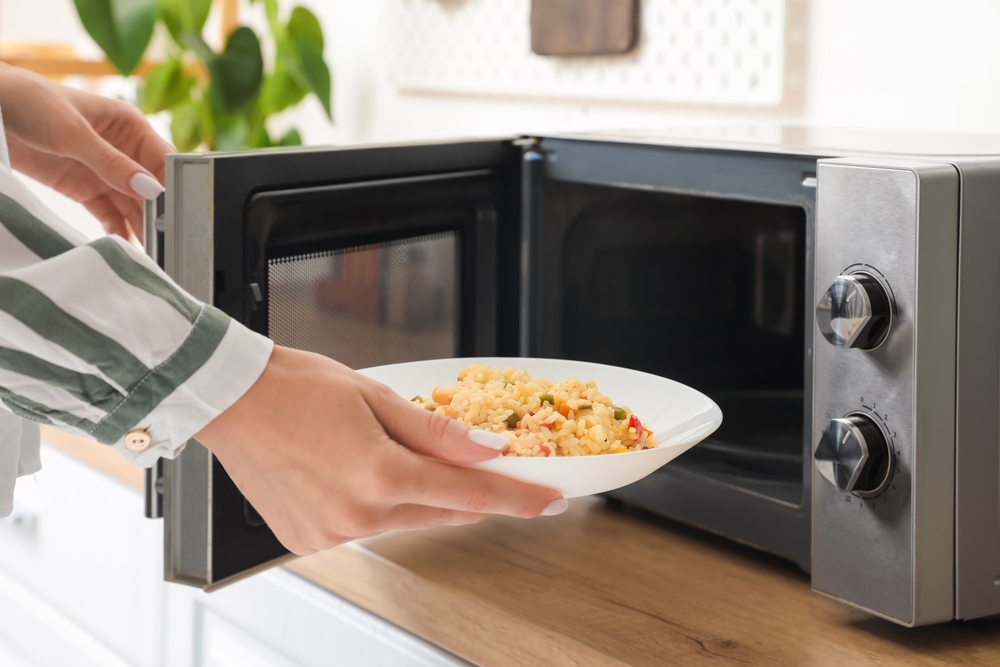Microwaves are a fast and easy way to reheat food, but some items simply do not belong inside them. Certain foods can release harmful chemicals, create dangerous heat pockets, or even cause mini explosions when microwaved. Others can lose important nutrients or change texture in ways that make them unsafe or unpleasant to eat. Knowing which foods to keep out of the microwave will protect your health, preserve flavor, and avoid damage to your appliance. Here are twelve common foods and items you should never heat this way, along with the reasons why.
Hard-Boiled Eggs
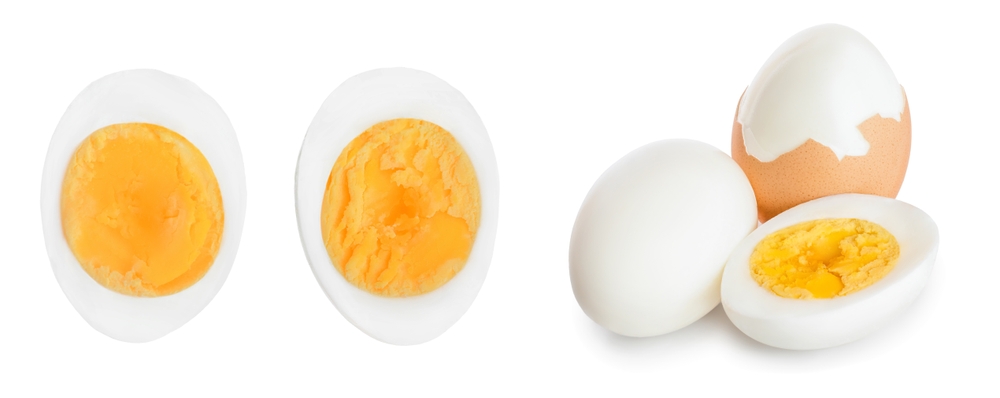
Whole hard-boiled eggs should never go in the microwave because the steam trapped inside the egg builds pressure quickly. The sealed egg acts like a pressure cooker with no vent, and when the steam reaches a certain point, it can cause the egg to explode. This can send hot egg fragments flying, which is a serious burn risk. Even if the egg does not burst in the microwave, it may explode after removal when pierced with a fork or bitten into. To reheat a hard-boiled egg safely, remove the shell, slice it into halves or quarters, and use low heat for short intervals to prevent steam buildup.
Hot Peppers
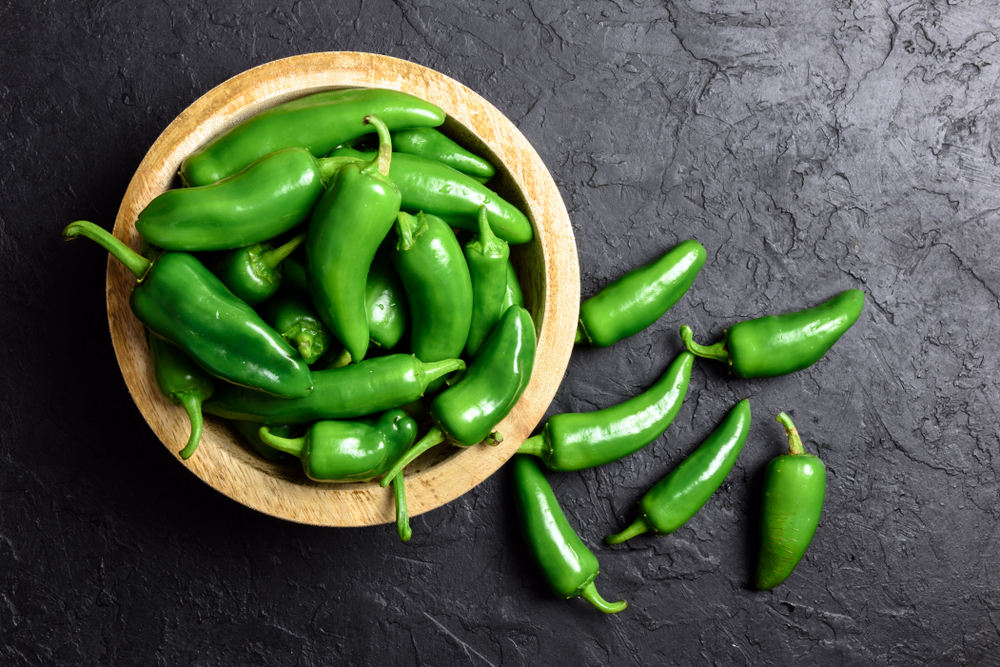
Microwaving chili peppers, especially spicy varieties like jalapeños, serranos, and habaneros, can release capsaicin vapors into the air. Capsaicin is the chemical compound responsible for the pepper’s heat, and when it becomes airborne, it can irritate your eyes, throat, and respiratory system. The fumes can linger in the kitchen and cause discomfort for anyone nearby. Inhaling concentrated capsaicin can trigger coughing, watery eyes, and a burning sensation in your nose. If you need to heat peppers, use a stovetop with proper ventilation or roast them in the oven instead.
Grapes

Grapes should never be microwaved because their high sugar and water content can cause them to produce plasma, a form of ionized gas, inside the appliance. This phenomenon can create sparks and small bursts of light that not only look alarming but also can damage the microwave’s interior. The heat can also cause the grape skins to split and burst. While some might see this as an interesting science trick, it carries a real fire hazard. Keep grapes out of the microwave and enjoy them fresh or chilled.
Processed Meats
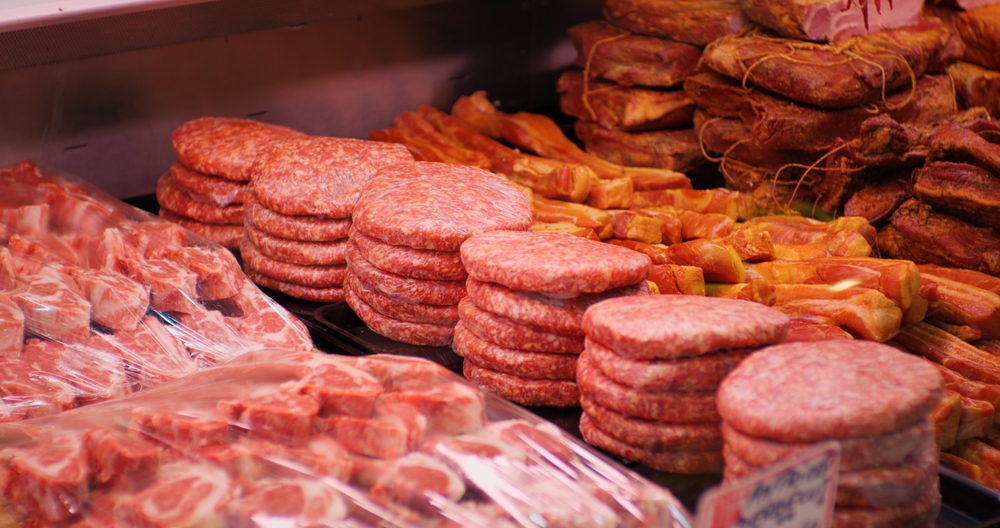
Processed meats such as bacon, hot dogs, ham, and sausages often contain preservatives like nitrates and nitrites. When microwaved at high temperatures, these compounds can break down and form nitrosamines, which are associated with health risks. Additionally, microwaving can heat these meats unevenly, making some sections overcooked and rubbery while others remain underheated. The high fat content in some processed meats can also cause splattering, which creates a mess and potential smoke inside your microwave. To reheat them more safely, use a skillet, oven, or grill.
Leafy Greens
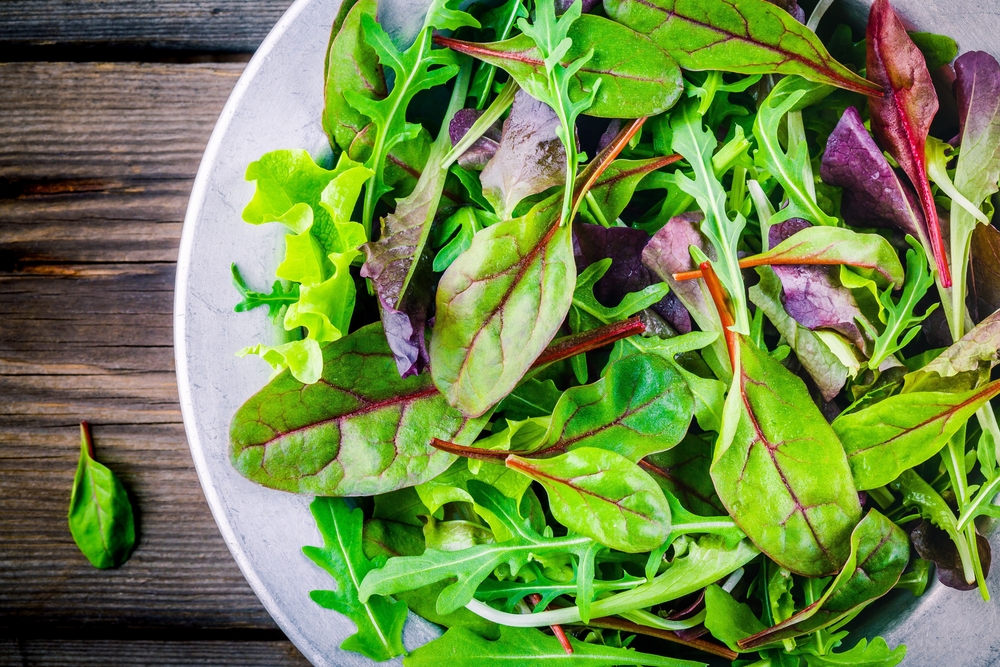
Leafy greens like spinach, kale, and celery contain naturally occurring nitrates. Microwaving these vegetables can cause the nitrates to convert into nitrosamines, compounds that may be harmful when consumed regularly in high amounts. The quick, intense heat of a microwave can also cause these greens to wilt excessively, lose their bright color, and develop a mushy texture. To keep their nutritional value and pleasant texture, steam them on the stove or sauté them lightly instead.
Potatoes

Potatoes that have been cooked and then left at room temperature for several hours can develop harmful bacteria such as Clostridium botulinum. Microwaving will not reliably destroy the toxin produced by this bacteria, meaning the potato can still be unsafe to eat. Another problem is that microwaving a whole cooked potato can lead to uneven heating, leaving the center cool while the outside becomes dry. To reheat potatoes safely, store them in the refrigerator promptly after cooking and reheat them in the oven until they are steaming hot all the way through.
Frozen Meat

Can result in partially thawed sections sitting next to partially cooked areas. This uneven heating creates a risk for bacterial growth if the meat stays in the danger zone between 40°F and 140°F for too long. Additionally, microwaving frozen meat can alter the texture, making it tough or rubbery. If you need to defrost meat quickly, use your microwave’s defrost setting carefully, checking frequently, and then cook it immediately. The safest method remains slow thawing in the refrigerator overnight.
Fish
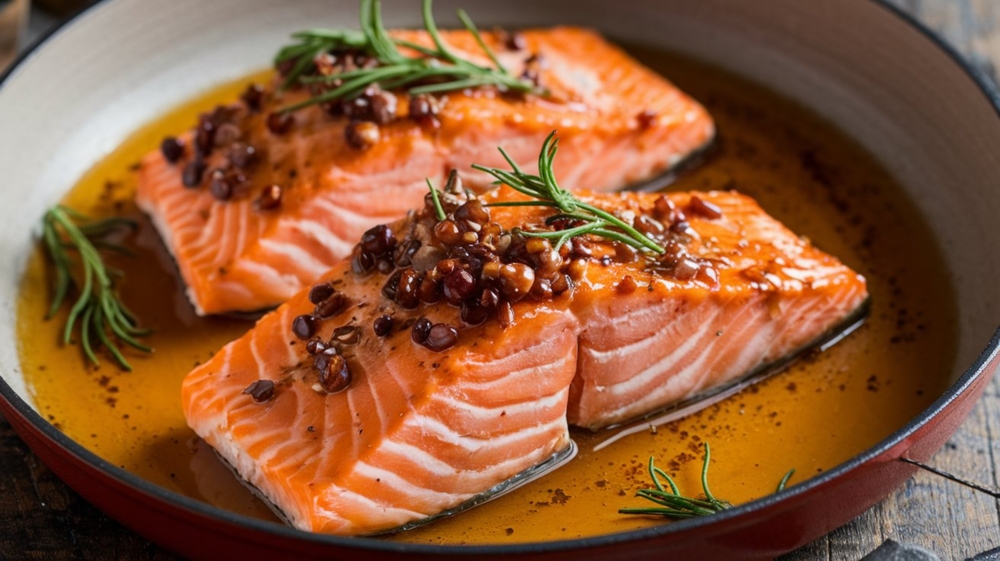
Fish is very delicate and prone to drying out, which makes microwaving a poor choice for reheating. The intense, uneven heat can cause it to overcook in some spots while staying cool in others, ruining its texture. Microwaving fish also tends to release strong odors that can linger in your microwave and kitchen for hours. For a better result, warm fish in the oven at a low temperature or gently steam it to keep it moist and flavorful.
Styrofoam Containers
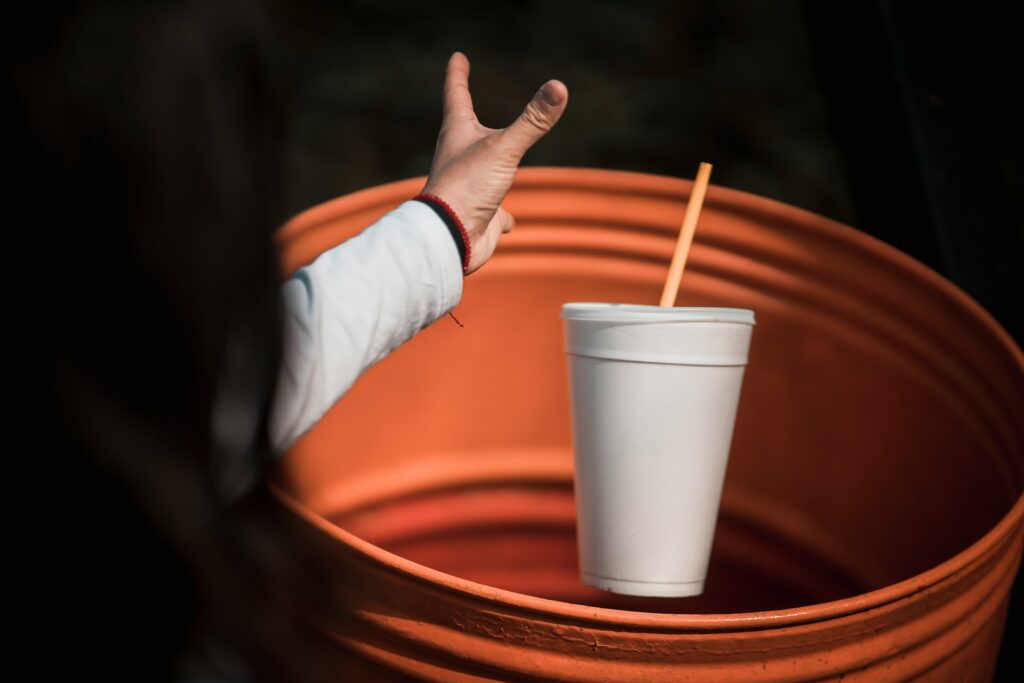
Many takeout and convenience foods come in Styrofoam containers, but these are not safe for microwave use unless specifically labeled as microwave-safe. Heating Styrofoam can cause it to melt, warp, and potentially release harmful chemicals like styrene into your food. Even if no visible damage occurs, chemical leaching can happen at high temperatures. Always transfer food to a microwave-safe glass or ceramic dish before reheating.
Garlic
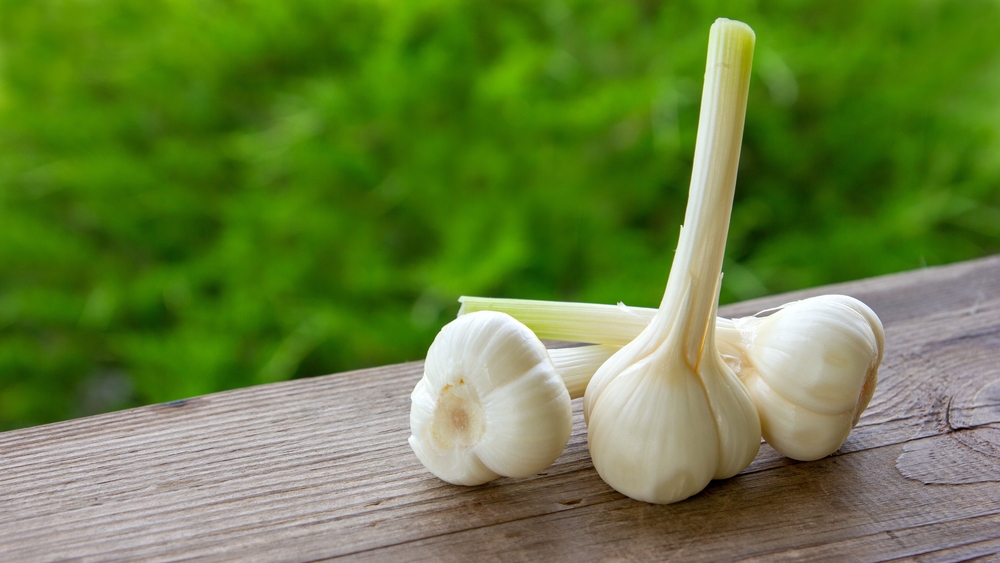
Garlic loses much of its nutritional value and flavor when microwaved. Its beneficial sulfur compounds, which contribute to both its taste and health benefits, can degrade quickly under microwave heat. The process can also cause garlic to become bitter or overly harsh in flavor. To keep garlic’s natural qualities intact, add it fresh to dishes or cook it gently on the stove over low to medium heat.
Raw Hot Dogs in Plastic Wrapping
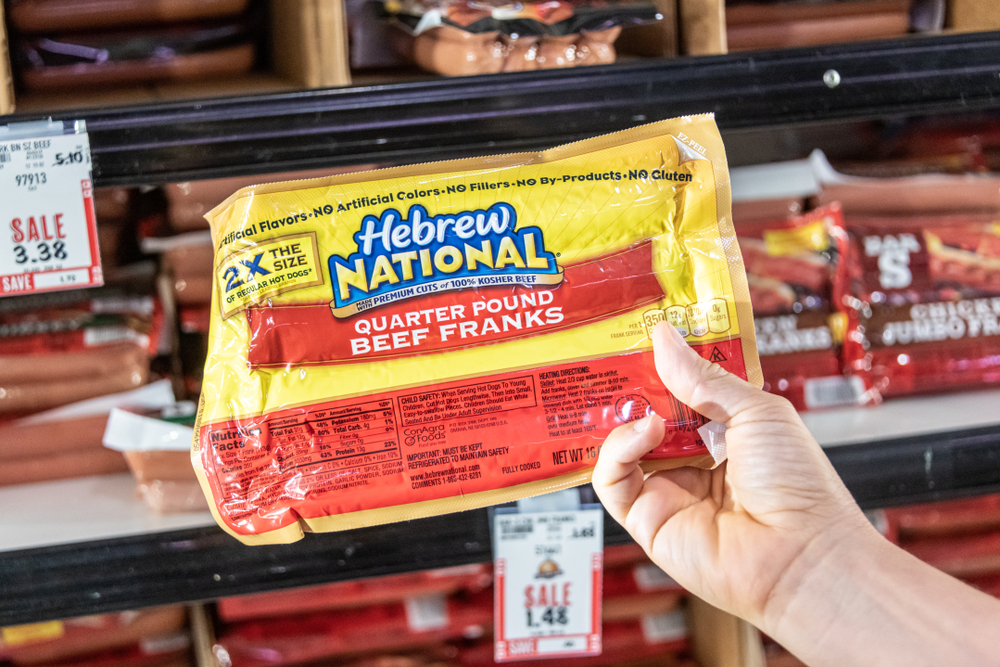
Microwaving hot dogs while they are still in their original plastic packaging is risky because the heat can melt the plastic and transfer harmful chemicals into the meat. The packaging can also trap steam, which might cause the hot dog to burst open unexpectedly. Always remove any plastic wrap, place the hot dogs in a microwave-safe dish, and cover them loosely with a paper towel if you must microwave them. Cooking them on the grill or stovetop is a safer and tastier choice.
Leftover Rice
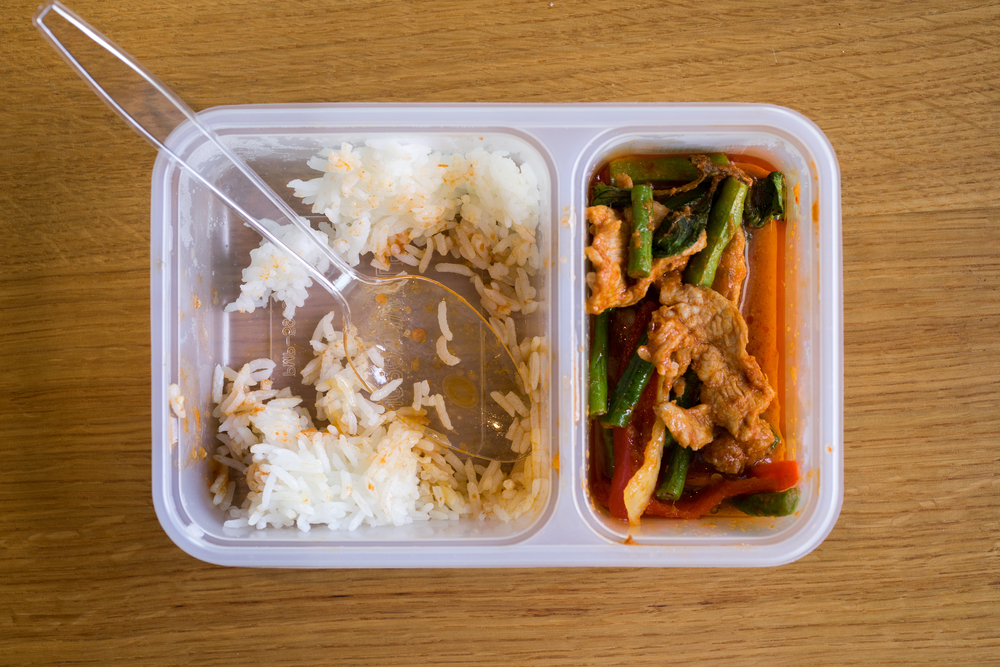
Leftover rice can be risky to microwave if it has not been stored correctly. Rice can contain spores of Bacillus cereus, a bacteria that can survive cooking. When rice is left at room temperature for too long, these spores can multiply and produce toxins that reheating will not destroy. Microwaving leftover rice may heat it unevenly, leaving parts cool enough for bacteria to survive. To stay safe, refrigerate rice within one hour of cooking, store it in an airtight container, and when reheating, ensure it reaches a steaming hot temperature all the way through. Reheating on the stove or in the oven can provide more even heating.
Disclaimer: This article was created with AI assistance and edited by a human for accuracy and clarity.
